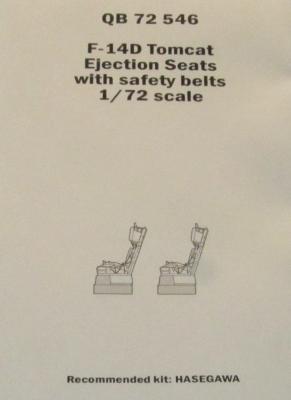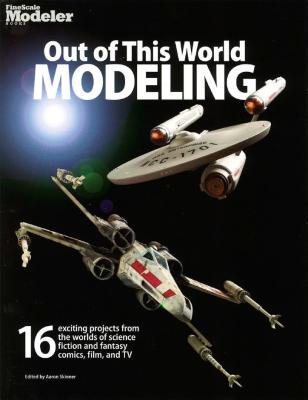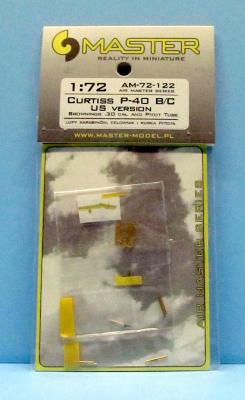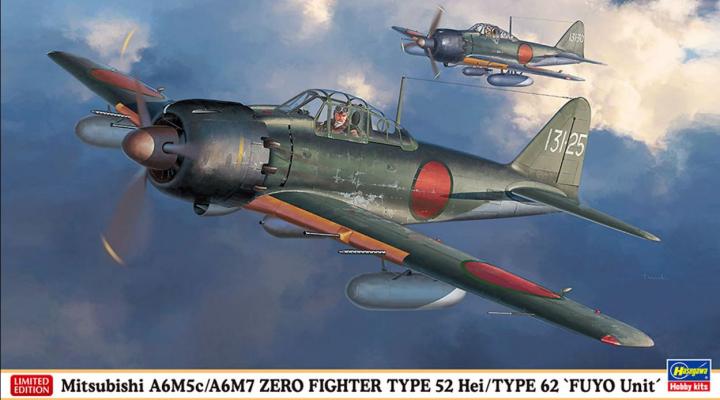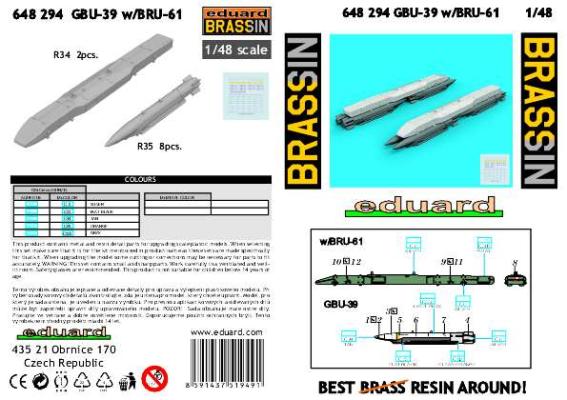The F-14 Tomcat was the Navy's best long range interceptor, but it is now retired. It was built by Grumman and was their last and best “cat” that they ever made. The primary job of the F-14 was fleet defense and it did this with a mix of missiles; the long range Phoenix, the mid-range Sparrow and with the short range Sidewinder. It could even use its 20mm Vulcan cannon for close in work. The last Tomcat, the F-14D, which this review is about, had new F110 engines with digital avionics and new ejections seats as well. That being the Martin Baker SUJ-17 NACES ( Navy Aircrew Common Ejection Seat).
Welcome to the IPMS/USA Reviews site!
Introduction: The primary organization of the IPMS/USA Review website is by IPMS/USA National Contest Class. Within each Class there are sub-menus by kits, decals, books, etc. The Miscellaneous Class is for items that are not class specific or that cross two or more classes.
IPMS/USA Members: We encourage you to submit reviews, both here and to the Journal. To volunteer for membership in the IPMS/USA "Reviewers Corps" and submit your own reviews, please read the Guidelines For Submitting Product Reviews.
Manufacturers, publishers, and other industry members: IPMS/USA is pleased to offer your company the opportunity for product reviews. All product reviews are performed by IPMS/USA members, and are posted in the publicly-accessible section of our website. With very few exceptions, we perform full build reviews of new kit releases, aftermarket products, and supplies. If you would care to provide product samples for review, please contact John Noack, IPMS/USA 1st VP.
To learn more about IPMS/USA, please see our About Us page.
Aaron Skinner started out early in publishing, founding his High School student newspaper in the early eighties. He has been an avid modeler since the age of six (supported by his grandfather). He graduated from The University of Queensland in 1992 with his degree in Journalism and History. He has worked with several newspapers in Arkansas and Texas as a photographer and reporter from 1994 until in joined Fine Scale Modeler in 2006. He was promoted from Associate Editor to Senior Editor in 2015 and has authored several modeling books, including: Essential Skills for Scale Modelers (2011), Modeling Airliners (2012), and Airbrushing for Scale Modelers (2015). He is active representing Fine Scale Modeler and providing presentations at contests and shows, recently returning to Dallas for Squadron’s EagleQuest in June 2017.
There are many firms who make and market brass aircraft accessories for the modeler, but none seem to match the skill and delicacy that is routinely exhibited by Master Model from Poland. One of the latest gems is the set for the Curtiss P-40 B/C US version in 1/72 scale. In this set one gets the following: four .30 cal MG barrels for the wings, two .50 cal cowling blast tubes, one pitot tube, two resin pitot heads, one front bead sight, and four photoetch rear ring sights. Master-Model does not recommend any one P-40 kit so for this review, so I used the latest Airfix kit the Curtiss Hawk 81-A-2 which I had.
The Mitsubishi A6M7 Type 0, according to Wikipedia, is based on the A6M6, which in turn is based on the A6M5c. The bottom line for this variant of the venerable Zero is that it was designed for a role as a fighter bomber. It was fitted with 3 - 13.2mm Machine guns (1 in the fuselage and 2 wing mounted) as well as 2 wing mounted 20mm canons. Additionally, it has hard points to carry various combinations of external bombs and or external fuel tanks.
One of the great things I have always found about modeling is that I never fail to learn something here and there. This set of the GBU-39 and the BRU-61 bomb rack caught my attention as, frankly, I had never heard of it. A quick Google and I was hooked and volunteered to review the set.
The GBU-39 Small Diameter Bomb is just that, a smaller 250 lb. weapon which is a precision guided glide bomb. Its intent is to allow aircraft to carry more weapons and destroy more targets. Think of it this way, a plane has four pylons for example. At a bomb per pylon, that’s four total. Using adapters, at two bombs per pylon, eight targets can be destroyed. Using the GBU-39 with BRU-61 rack, the plane can carry sixteen bombs and destroy sixteen targets. Adding to that, the effective range of this weapon is over 50 miles and it can use multiple targeting systems. To get that long distance, it deploys wings to allow a glide range of over 50 miles. Interesting stuff.











